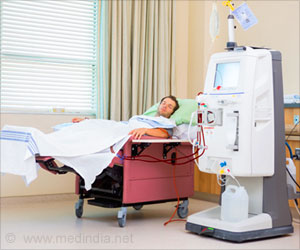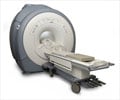
‘In brain imaging for restless children, radial VIBE sequence can be used to improve overall image quality.’
Tweet it Now
MRI is increasingly used in the evaluation of the brains of children because, unlike CT, it entails no radiation exposure and provides superior soft-tissue contrast. Titled "Three-Dimensional Radial VIBE Sequence for Contrast-Enhanced Brain Imaging: An Alternative for Reducing Motion Artifacts in Restless Children," the study compared contrast-enhanced brain MRI examinations performed with a magnetization-prepared rapid-acquisition gradient-echo (MP-RAGE) sequence with those performed with a radial VIBE sequence. Scientists reported that images obtained with the radial VIBE sequence had fewer motion and pulsation artifacts than those obtained with the MP-RAGE sequence. Among 25 images with serious motion artifacts, radial VIBE images had significantly higher scores for all qualitative parameters, including overall image quality, than did MP-RAGE images.
For children who could remain still, MP-RAGE yielded better image quality, the authors said, while the radial VIBE sequence yielded improved overall image quality and lesion conspicuity in imaging of restless children.
Source-Eurekalert















